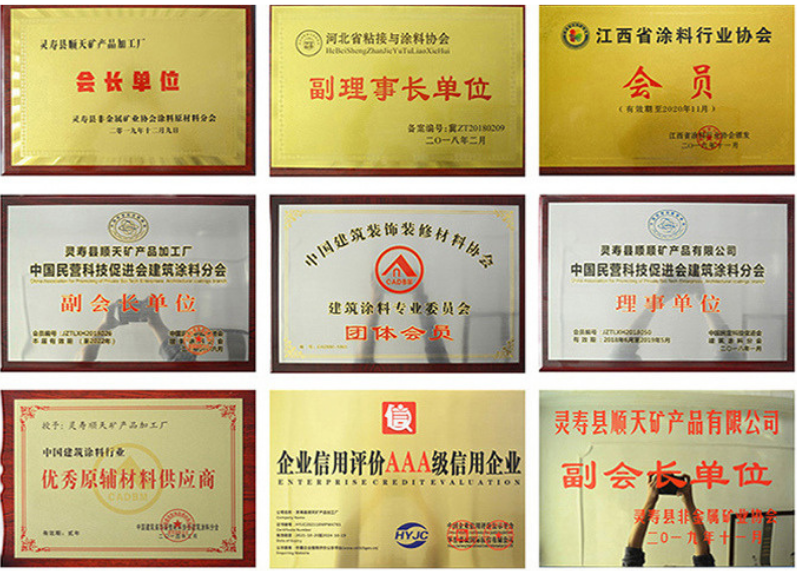
Exploring Various Types of Mica Rocks and Their Unique Characteristics in Geology
Types of Mica Rock An Overview
Mica is a group of silicate minerals known for their remarkable physical properties, which include excellent electrical and thermal insulation, flexibility, and a shiny, lustrous appearance. These unique characteristics make mica a valuable resource in various industries, including electronics, cosmetics, construction, and more. Mica rock is primarily composed of platy minerals that can be easily split into thin sheets, which is why it is often categorized into different types based on its mineral composition and structure. In this article, we will explore the major types of mica rock, emphasizing their chemical properties, physical characteristics, and practical applications.
1. Muscovite
Muscovite, often referred to as white mica, is the most common type of mica rock. Its chemical formula is KAl2(AlSi3O10)(OH)2, indicating it is primarily composed of potassium, aluminum, silicon, oxygen, and hydroxyl. Muscovite is characterized by its color, which can range from colorless to shades of green, brown, or yellow. This type of mica is widely used in the electrical industry due to its excellent dielectric properties, making it suitable for capacitors, insulators, and various electronic devices. Additionally, muscovite is valued in the cosmetic industry for its shiny and reflective properties, often utilized in makeup products to create a shimmery effect.
2. Phlogopite
Phlogopite, known as brown mica, differs from muscovite in that it contains magnesium. Its chemical composition is KMg3(AlSi3O10)(OH)2. This type of mica typically appears as dark brown or golden in color. Phlogopite is preferred in high-temperature applications due to its thermal stability and resistance to heat. As a result, it is commonly used in the production of heat-resistant materials, such as gaskets, insulations, and fireproofing products. Given its ability to withstand extreme conditions, phlogopite is invaluable in industries like aerospace and automotive.
types of mica rock

3. Biotite
Biotite is another significant type of mica rock, characterized by its dark color, which can vary from dark brown to black. Its chemical formula is K(Mg, Fe)3(AlSi3O10)(OH)2, and it typically contains iron and magnesium in varying proportions. Biotite is less commonly used in the manufacturing of products compared to muscovite and phlogopite; however, it serves as an important component in geological studies due to its formation processes. Biotite can also be utilized in the construction industry as a component of concrete and as decorative stones.
4. Lepidolite
Lepidolite is a lithium-rich mica that often exhibits a lilac or pink hue due to the presence of lithium content. Its chemical formula is KLi2Al(Si4O10)(OH)2·nH2O. Lepidolite is of particular interest in the realm of battery technology, as it can be a source of lithium, which is crucial for lithium-ion batteries. Furthermore, its unique color and beauty make it a popular choice for ornamental stones and jewelry.
Conclusion
In conclusion, mica rocks are a fascinating group of minerals with diverse types, each possessing unique characteristics and applications. Muscovite, phlogopite, biotite, and lepidolite represent the primary types of mica, contributing significantly to industries such as electronics, construction, cosmetics, and even energy storage. Understanding the properties and applications of these different types of mica is essential for harnessing their potential, thereby enhancing advancements in technology and materials science. As we continue to explore the characteristics of mica rocks, their significance in the evolving industrial landscape remains evident, illustrating the integral role they play in our daily lives.
Share
-
Vermiculite Wholesale – Premium Quality, Bulk Supply & Competitive PricingNewsJun.10,2025
-
Premium Glass Pebbles Custom Glass Pebbles Factory & OEM Manufacturer Reliable Custom Glass Pebbles FactoriesNewsJun.10,2025
-
Expert Custom Zeolite Producers Manufacturers & FactoriesNewsJun.10,2025
-
Custom Glow in the Dark Beads High-Quality Custom ManufacturersNewsJun.10,2025
-
China Ceramsite Balls Factory - Lightweight & Durable Media Solutions ManufacturerNewsJun.09,2025
-
Custom Matte Mica Powder Manufacturers High Quality & AffordableNewsJun.09,2025






